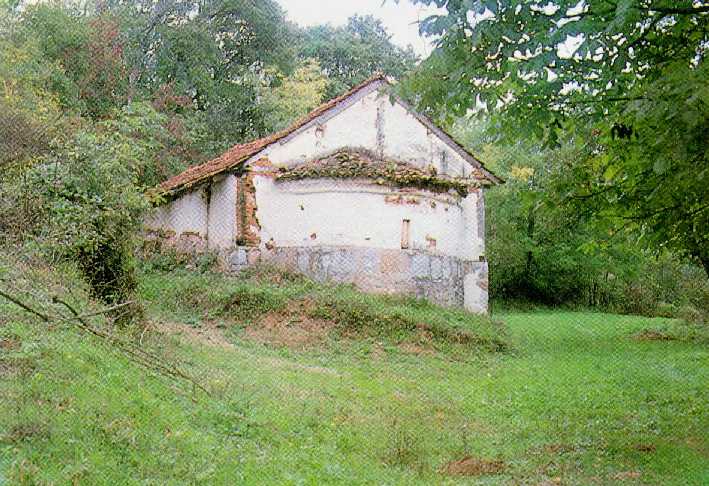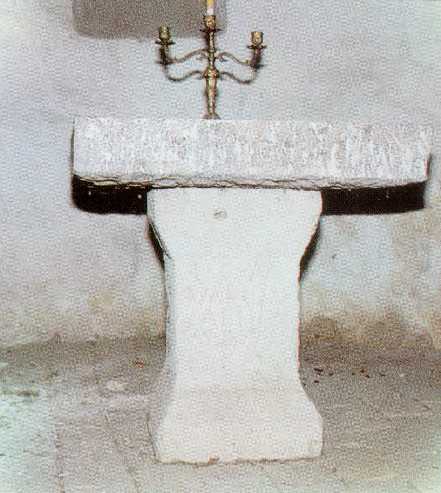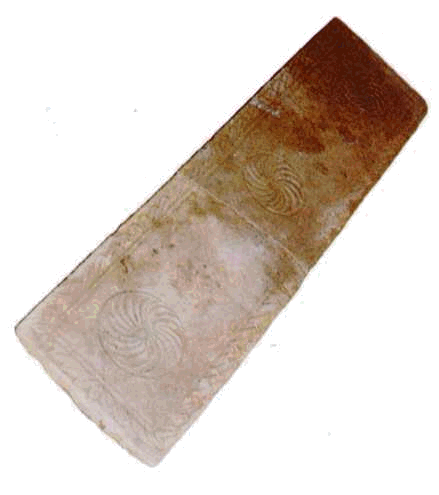
The Church of St. Paraskeve is located on the picturesque north side of the legendary Čegar Hill. Squeezed to the hill on one side and bound by the creek on the other, it has always been overshadowed by the mythical death of the commander Stevan Sindjelić and his heroes, who took Communion in it prior to entering the crucial battle, the eternal memory of which is kept in Ćele Kula. Following the modesty of the monk Melentije who had lived there according to the legend, the Church of St. Paraskeve persevered steadily in defending the Serbian national being during the Turkish occupation.

THE CHURCH OF ST. PARASKEVE NEAR DONJI MATEJEVAC
In harmony with its dedication, people have been respecting the temple as a sanitarium. The cult of St. Paraskeve had taken deep roots back in the dawn of Christianity, having reached its peak in the Byzantine world. It was in these regions, strongly influenced by the Byzantine culture, that the cult of St. Paraskeve found its strongpoint, and she is one of the most frequently celebrated saints. On this location we may find the traces from the lifetimes of all the three Sts. Paraskeves, just like we have combination of elements from their lives in our art of painting.
The present building is a modest single-nave church with a developed sanctuary apse in the eastern part. It was built of rough rubble stones sealed with lime mortar. Old massive walls of unequal heights, which had once been torn down, got restored during the first decades of the 20th century, and the walls were heightened with bricks. The church was then covered with a gable roof. The place of the pulpit rosette is occupied by a rectangular stone block with a radially dispersed circle in a shallow relief. A Roman sacrificial altar that was used for the holy table contains a clearly visible inscription:
I. O. M. VAL. DOMETIANUS EX. V. S. P. |
 |
ROMAN ALTAR AS THE HOLY TABLE
The altar was covered with a stone slab in 1898. The simple entrance door is on the west side. A fragment of an antique column was built in the wall near the doorpost, while Roman and Byzantine bricks may be observed all around. A late-medieval tombstone of fine-grained marble attracts particular attention. It is decorated with a shallow relief of winding lines on the edges and small rosettes in the middle.

The tombstone
A simple building method customary for the period of Turkish occupation classifies the Church of St. Paraskeve into the recognizable representatives of the post-Byzantine architecture of rural churches.